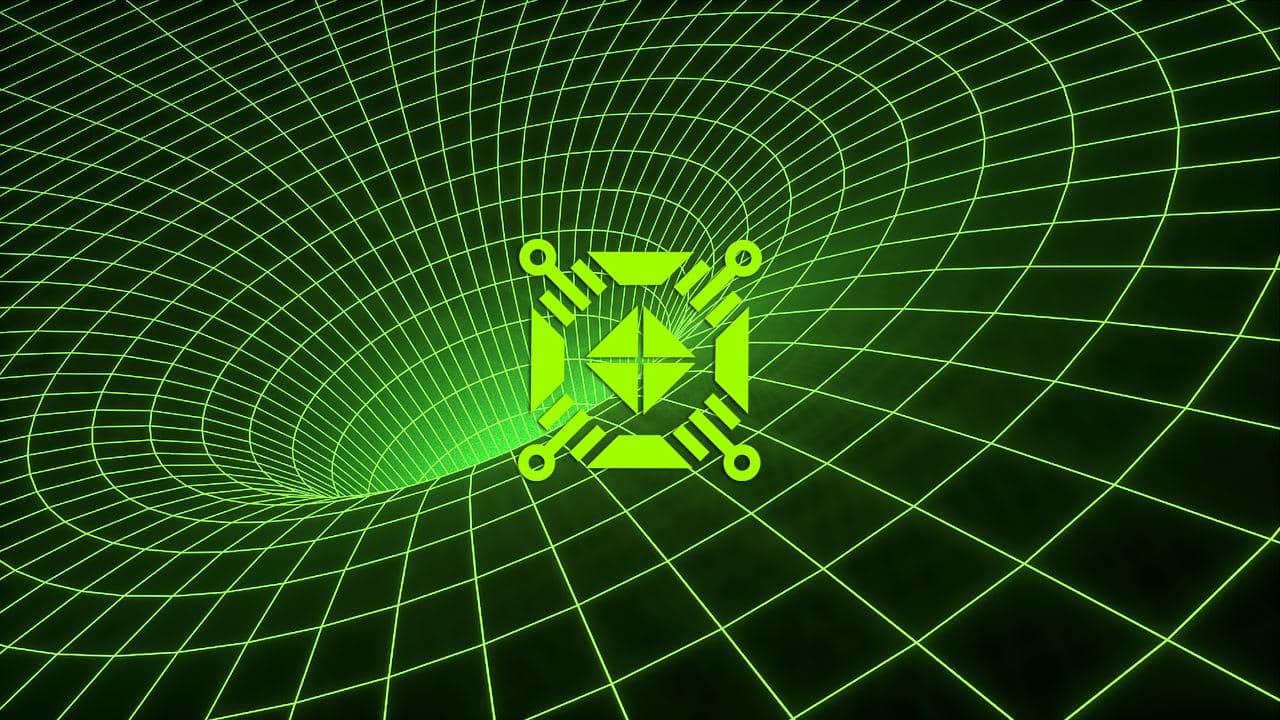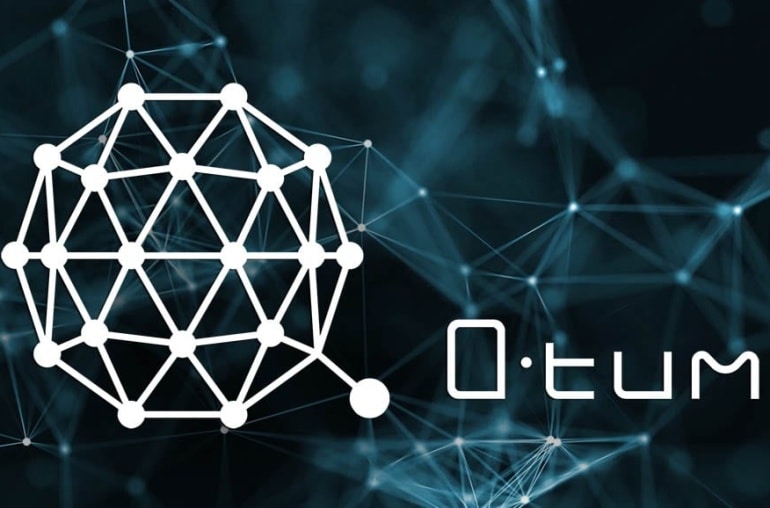Centralized Cloud Storage is data held in massive data centers run by a single organization that consumes large amounts of energy. Decentralized cloud storage encrypts data, breaks it up and distributes it for storage on drives that are run by different organizations in lots of different places, each with a different power supply and network connection, creating something much less wasteful. There are no data centers, no storage oligopolies and no vendor lock-in.
At first blush, it sounds a bit crazy. How can that work? How can it be feasible? How can it even be real?
The good news is it is very real and very feasible today. Here is our take on the common misconceptions we hear every day about decentralized cloud storage and the facts to bust them.
Can decentralized Cloud Storage be real?
Decentralized cloud storage sounds a bit like magic. The idea of bringing together lots of independent individuals who are not coordinated and finding a way to deliver a great outcome does sound a bit far-fetched. However, it’s not only possible, but exists today and is an actively used strategy. Thanks to advancements such as bandwidth quality and availability as well as peer-to-peer networking technology, the path toward viable decentralized storage was created.
Decentralization has been around since the beginning of the internet. Decentralized cloud storage is quite similar in concept. We have the technology to provide encryption, resiliency and incredible performance, all while using disparate nodes throughout the world to provide the storage capacity.
Is it possible to use the data?
Lots of people worry about the challenges of keeping a node online. We hear it all the time, “What if someone turns the computer off? What happens to my data?”
Within a decentralized network, there are multiple measures taken to ensure no data will be lost if a node goes offline.
- Auditing: Storage nodes are constantly audited to make sure they are storing the data they are supposed to.
- Incentives: There is an incentive structure for node operators designed to elicit trusted behavior from storage nodes.
- Detection: If malicious behavior occurs, it is easily detected by the system.
- Redundancy: A layer of redundancy is built in, using erasure coding so data can’t be lost. When an upload occurs, a file is broken up into a number of pieces. To rebuild the file, you only need 29 of 80 pieces. So at any given time, up to 51 nodes could be offline and the file would still be available.
- Math – The probability that 51 nodes out of tens of thousands would go offline at one time is astronomically low. So even if one node goes offline, your data’s still available.
- Restoration: The system keeps track of nodes that do go offline and even without the encryption keys, data can be healed. Those pieces can be recreated and redistributed to new storage nodes.
- In summary, decentralized storage is designed to ensure that files will always be available.
The Future of Cloud Storage is Decentralized
Decentralized storage is viable and available for developers to use for object storage. It excels at backing up large data sets from academic research to autonomous vehicles, point-to-port file transfer for large files, media serving and software distribution to name a few use cases. Actually using decentralized cloud storage is the best way to bust any lingering misconceptions you may have. So, start your free trial and see for yourself why decentralized cloud storage is a fantastic reality.
One of the companies which are creating this future of the new web 3.0 is KRYPTOX. The best blockchain based cloud storage and file sharing network available out there.
Follow KRYPTOX – https://www.youtube.com/channel/UC63lYcPJMQKRM3YNcuGtaFw
Join Reddit Community – https://www.reddit.com/user/Kryptoxnetwork





